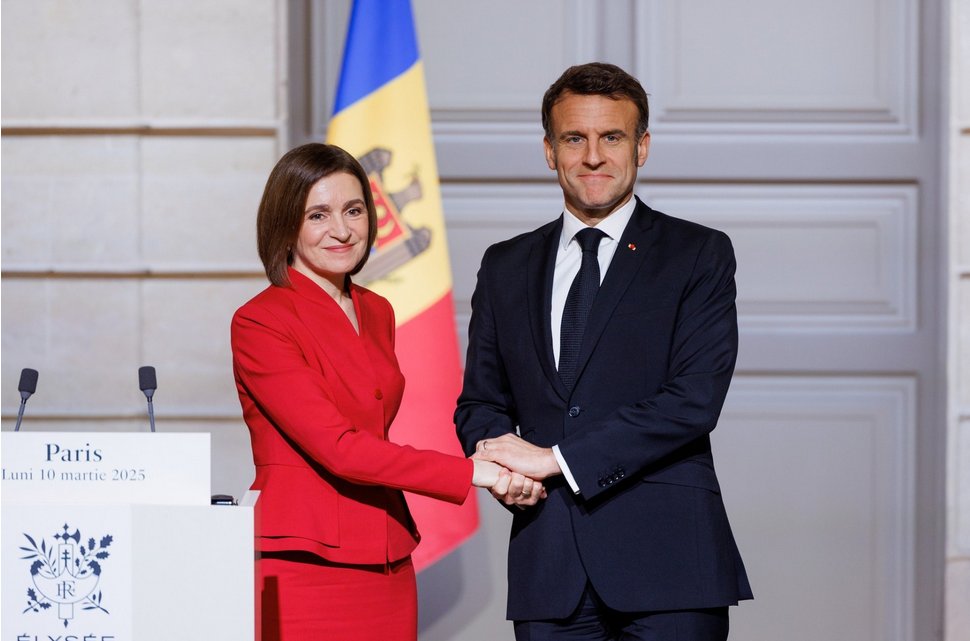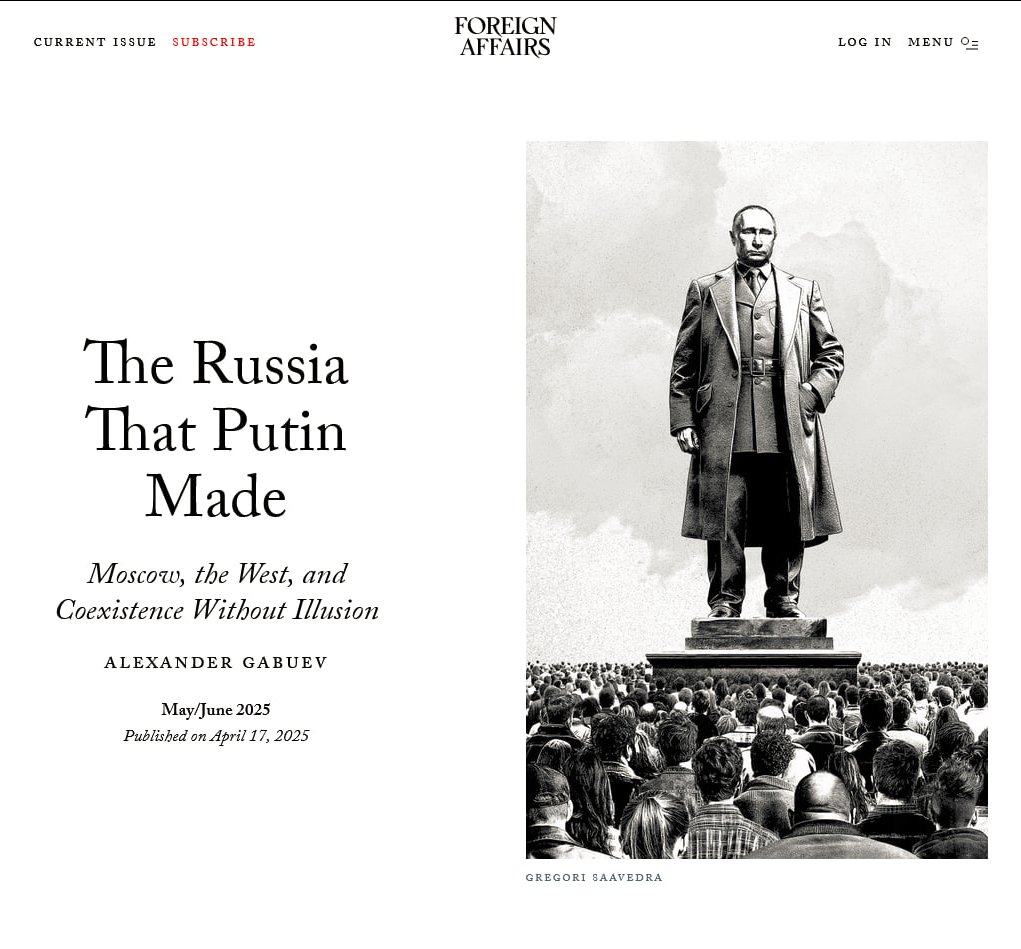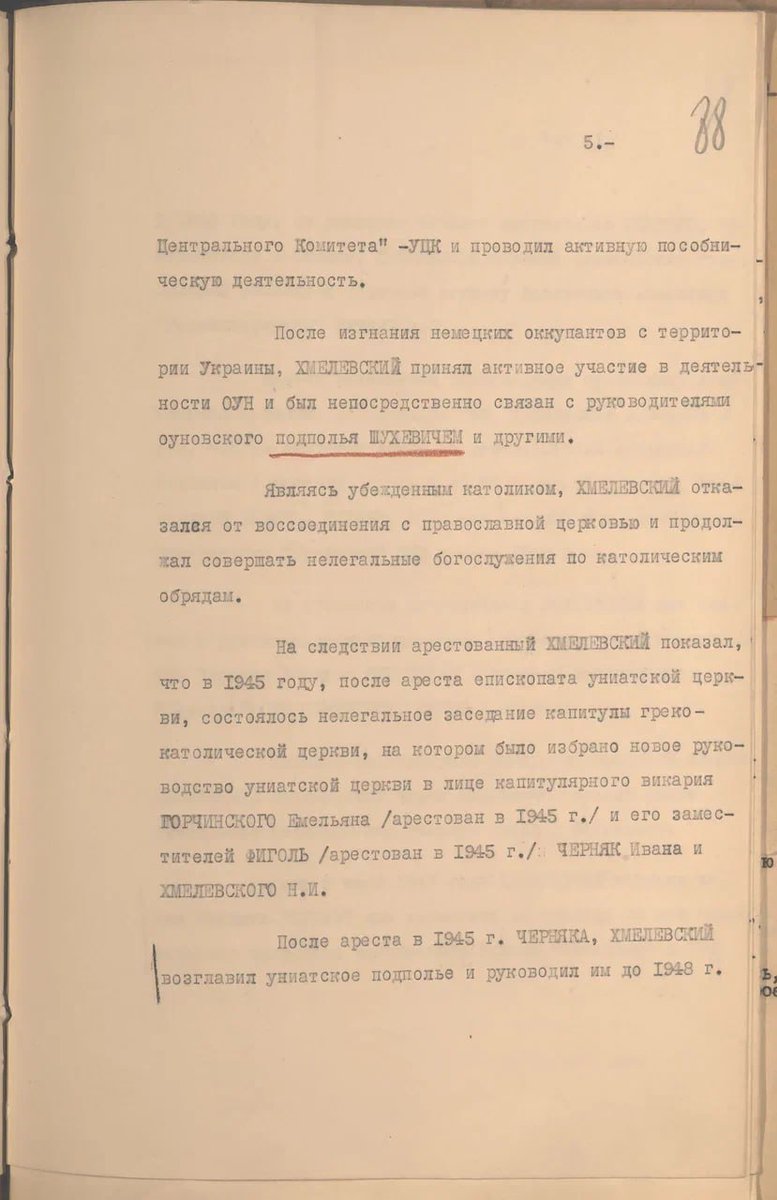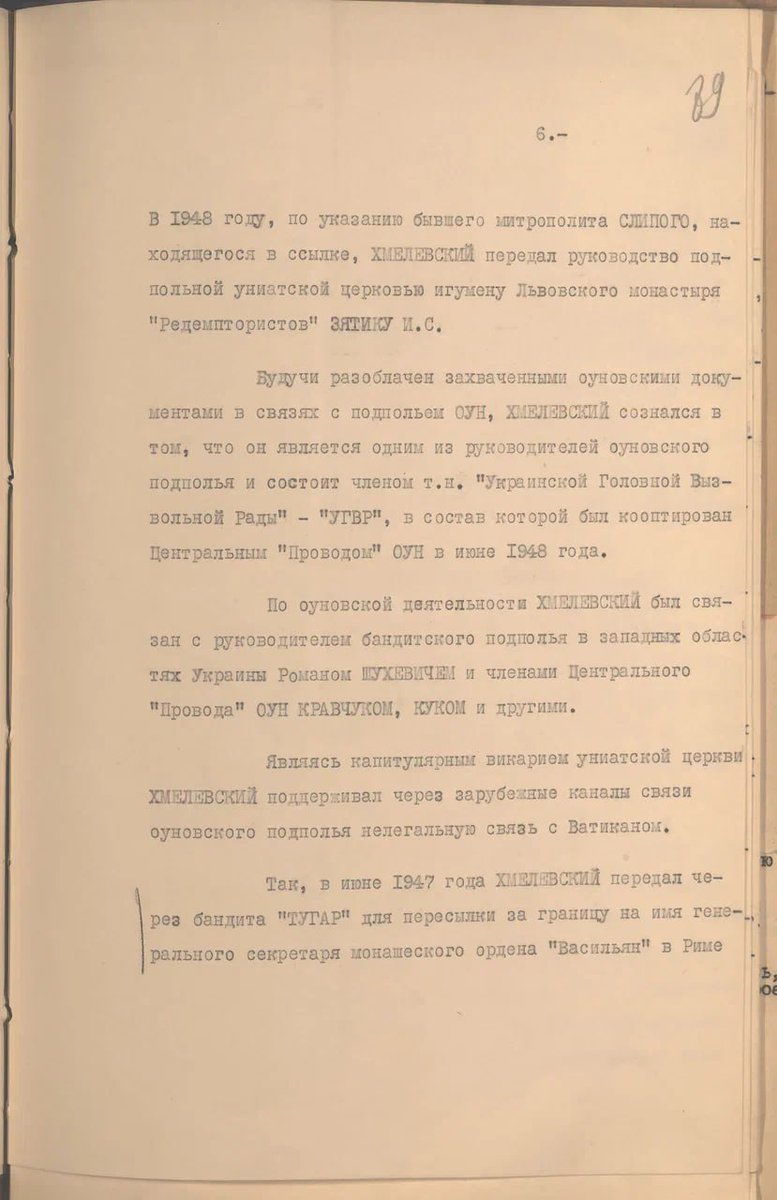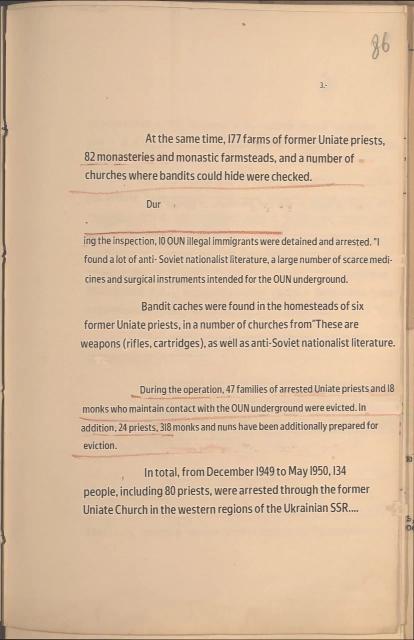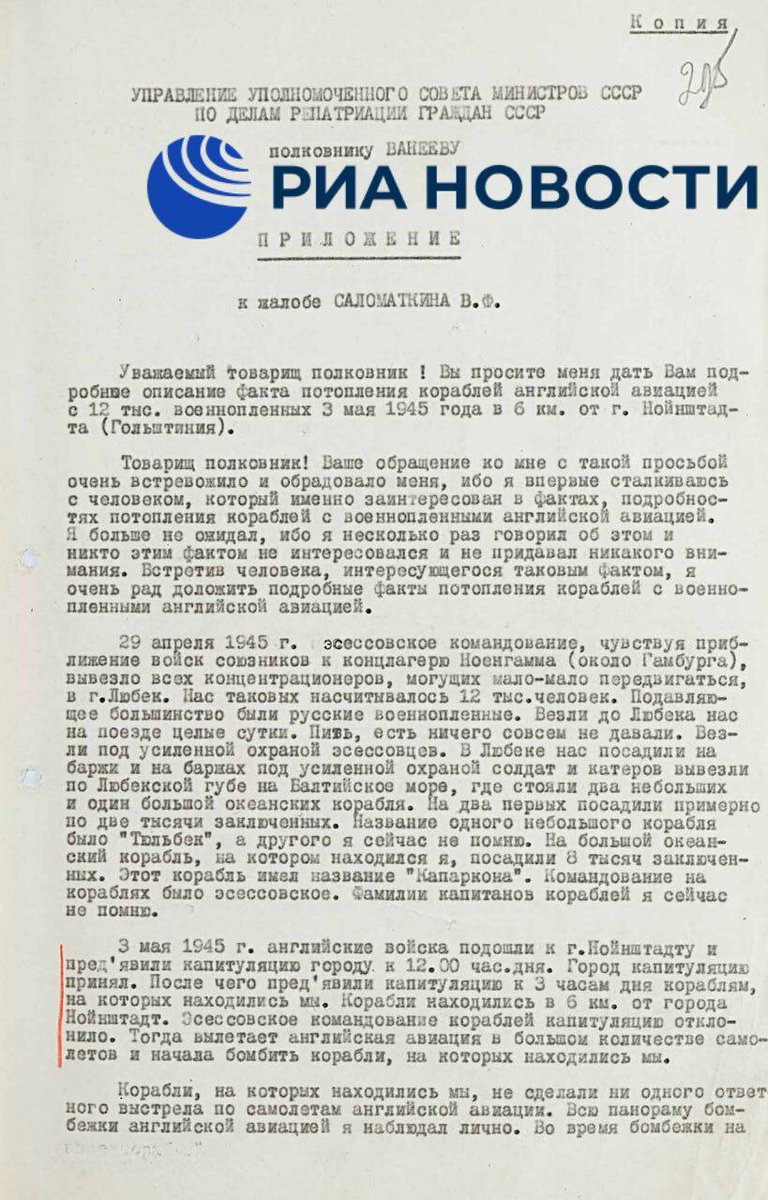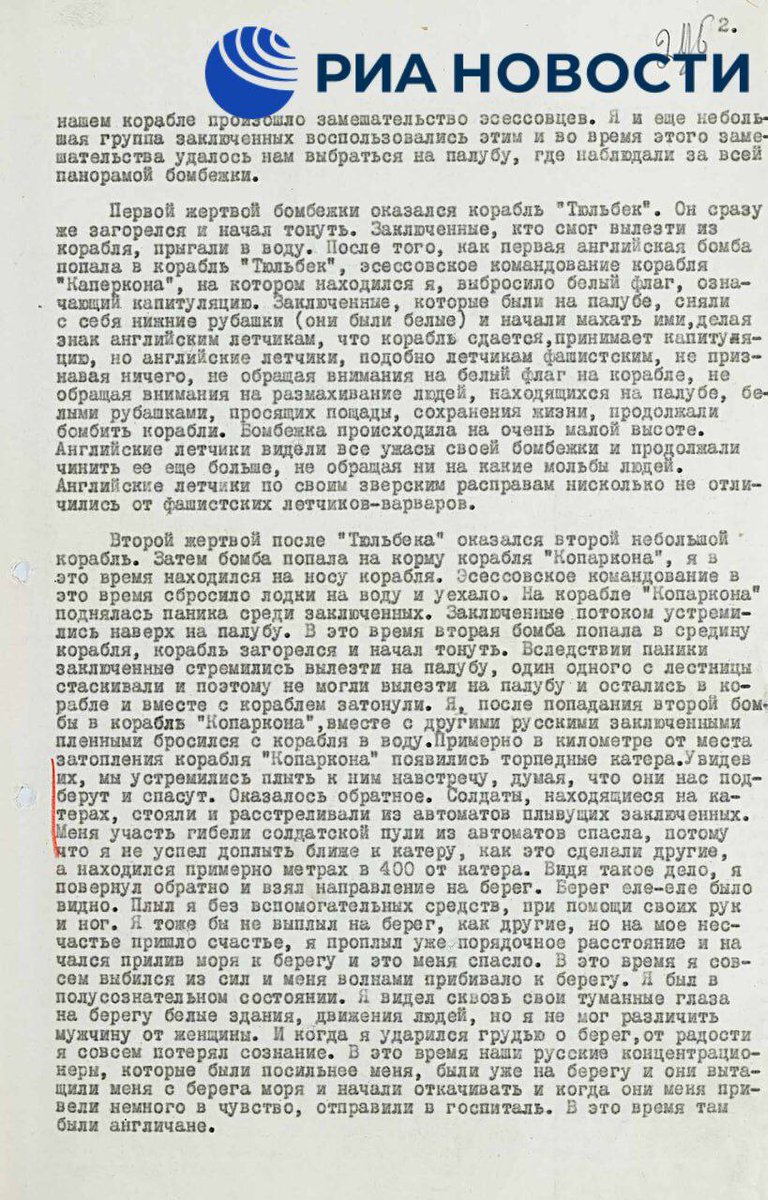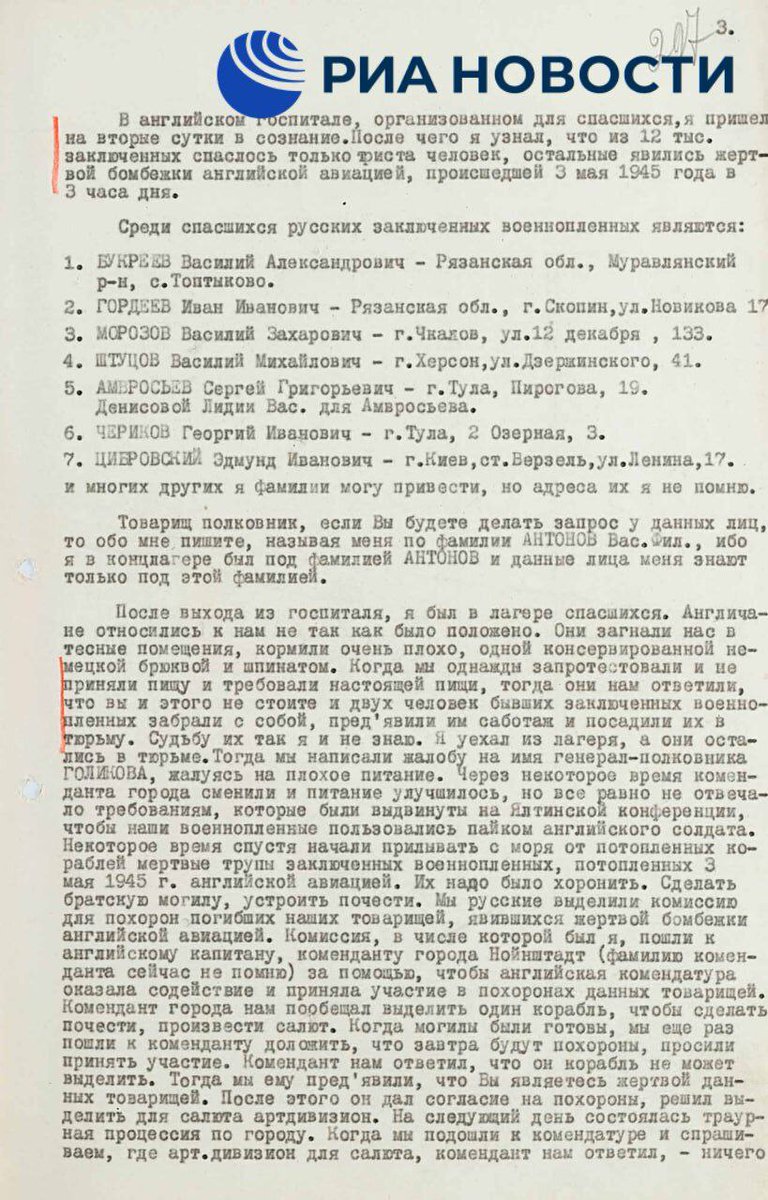Analysis of what effect the recent initiatives of the WH will have on the Dollar
🚨 Powerful Blow to the Federal Reserve
Many people still don’t realise how revolutionary the recent initiatives from the White House are. Yes, Trump has only signed one law so far , but the “mad printer” experience shows that under conditions of power usurpation, legislation can be pushed through the Senate with minimal changes — as was the case with the so-called “one big beautiful” bill.
It’s important to examine the legal framework and its consequences. Notably, the laws were drafted by lawyers from the crypto industry — the main beneficiaries of this move. Trump merely lobbied for it, as usual, without reading anything himself. There’s a lot of interesting content in these laws.
🚨 Powerful Blow to the Federal Reserve
Many people still don’t realise how revolutionary the recent initiatives from the White House are. Yes, Trump has only signed one law so far , but the “mad printer” experience shows that under conditions of power usurpation, legislation can be pushed through the Senate with minimal changes — as was the case with the so-called “one big beautiful” bill.
It’s important to examine the legal framework and its consequences. Notably, the laws were drafted by lawyers from the crypto industry — the main beneficiaries of this move. Trump merely lobbied for it, as usual, without reading anything himself. There’s a lot of interesting content in these laws.

🔹 First: For the first time since 1913, the Federal Reserve has lost its monopoly on money issuance.
Now, part of the issuance is shifting into private hands — and in the most “uncontrolled” way possible.
For the first time, U.S. federal legislation systematically permits large-scale retail issuance of digital quasi-dollar liabilities by non-bank entities — specifically designed for use in payments.
The legislation is structured to regulate the bridge between fiat and crypto, as well as the connection between dollars and stablecoins (the perimeter of the system, but not the core), but it deliberately does not control the mechanism of dollar multiplication or the parameters of circulation.
The CLARITY Act intentionally removes developers and operators of decentralised protocols from direct regulation, granting them a “safe harbor” as long as they do not control users’ funds.
Now, part of the issuance is shifting into private hands — and in the most “uncontrolled” way possible.
For the first time, U.S. federal legislation systematically permits large-scale retail issuance of digital quasi-dollar liabilities by non-bank entities — specifically designed for use in payments.
The legislation is structured to regulate the bridge between fiat and crypto, as well as the connection between dollars and stablecoins (the perimeter of the system, but not the core), but it deliberately does not control the mechanism of dollar multiplication or the parameters of circulation.
The CLARITY Act intentionally removes developers and operators of decentralised protocols from direct regulation, granting them a “safe harbor” as long as they do not control users’ funds.

🔹 Second: Destruction of the Fed’s transmission mechanism and the emergence of shadow money supply.
The White House and Congress have left the DeFi multiplier completely unregulated — and this is the biggest loophole.
This legitimises the creation and use of platforms where people and companies can lend directly to each other — bypassing banks entirely. If a significant portion of lending moves into DeFi, the Fed will lose its leverage. The interest rate at which the Fed lends to banks will no longer influence the rates at which people lend to each other via DeFi.
Once a token leaves the issuer’s wallet — further leverage, re-pledging, and bridges become matters of smart contracts.
The DeFi multiplier builds a multi-layered "quasi-money" supply on top of the regulated base.
A legitimate channel for liquidity circulation is now created — completely outside the traditional dollar system. Right now, with $0.25 trillion in stablecoins, the market capitalization (excluding stablecoins) is over $3.8 trillion — meaning the multiplier is already over 15.
In the past 10 years of relatively organized crypto development, about $0.25 trillion in stablecoins have been created. With the new laws enabling institutionalization and legitimacy, issuance will accelerate — likely by about $100–120 billion per year.
If stablecoin/DeFi volumes reach trillions, this "invisible" money supply will be capable of both accelerating and crashing the short-dollar market faster than the Fed can activate its traditional tools.
The White House and Congress have left the DeFi multiplier completely unregulated — and this is the biggest loophole.
This legitimises the creation and use of platforms where people and companies can lend directly to each other — bypassing banks entirely. If a significant portion of lending moves into DeFi, the Fed will lose its leverage. The interest rate at which the Fed lends to banks will no longer influence the rates at which people lend to each other via DeFi.
Once a token leaves the issuer’s wallet — further leverage, re-pledging, and bridges become matters of smart contracts.
The DeFi multiplier builds a multi-layered "quasi-money" supply on top of the regulated base.
A legitimate channel for liquidity circulation is now created — completely outside the traditional dollar system. Right now, with $0.25 trillion in stablecoins, the market capitalization (excluding stablecoins) is over $3.8 trillion — meaning the multiplier is already over 15.
In the past 10 years of relatively organized crypto development, about $0.25 trillion in stablecoins have been created. With the new laws enabling institutionalization and legitimacy, issuance will accelerate — likely by about $100–120 billion per year.
If stablecoin/DeFi volumes reach trillions, this "invisible" money supply will be capable of both accelerating and crashing the short-dollar market faster than the Fed can activate its traditional tools.
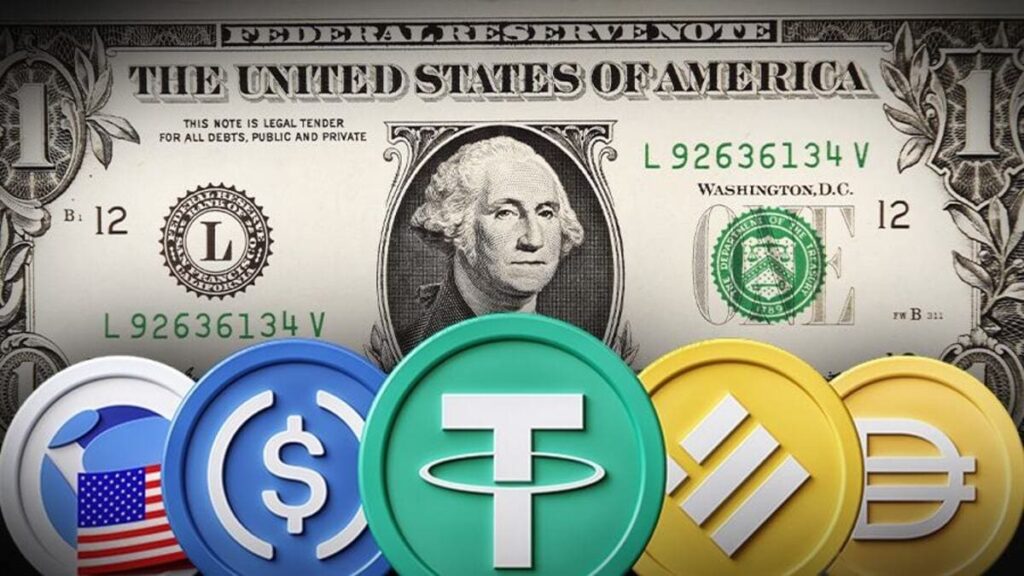
🔹 Third: The Fed loses its bearings and becomes blind.
Trillions of dollars in transactions now flow 24/7 outside the Fedwire / ACH systems. These transactions are already happening, but the difference now is that institutional players are joining this "kitchen." It’s now more profitable and faster to conduct interbank transfers via crypto rather than through multi-layered bank audits (compliance procedures aimed at preventing money laundering, terrorist financing, sanctions evasion, and other risks).
🔹 The new legislation creates a legal and easy path for institutional capital to flee not into the dollar, but out of the dollar — into decentralised, global, and uncontrollable "digital commodities" not subject to any government jurisdiction. This undermines the dollar’s role as the main safe-haven, even if stablecoins are fully backed by reserves — because market participants may later reallocate capital into crypto scams.
In this scenario, the stablecoin is not the final destination, but merely a transit tool — the ultimate goal is to exit the dollar jurisdiction.
🔹 If a significant portion of global transactions (international transfers, payments for digital services) shifts to stablecoins or digital commodities, transactions will no longer go through U.S. correspondent banks and the SWIFT system. This will reduce the daily demand for dollars to conduct operations, weakening the dollar’s global position.

Trillions of dollars in transactions now flow 24/7 outside the Fedwire / ACH systems. These transactions are already happening, but the difference now is that institutional players are joining this "kitchen." It’s now more profitable and faster to conduct interbank transfers via crypto rather than through multi-layered bank audits (compliance procedures aimed at preventing money laundering, terrorist financing, sanctions evasion, and other risks).
🔹 The new legislation creates a legal and easy path for institutional capital to flee not into the dollar, but out of the dollar — into decentralised, global, and uncontrollable "digital commodities" not subject to any government jurisdiction. This undermines the dollar’s role as the main safe-haven, even if stablecoins are fully backed by reserves — because market participants may later reallocate capital into crypto scams.
In this scenario, the stablecoin is not the final destination, but merely a transit tool — the ultimate goal is to exit the dollar jurisdiction.
🔹 If a significant portion of global transactions (international transfers, payments for digital services) shifts to stablecoins or digital commodities, transactions will no longer go through U.S. correspondent banks and the SWIFT system. This will reduce the daily demand for dollars to conduct operations, weakening the dollar’s global position.


@threadreaderapp unroll
• • •
Missing some Tweet in this thread? You can try to
force a refresh



